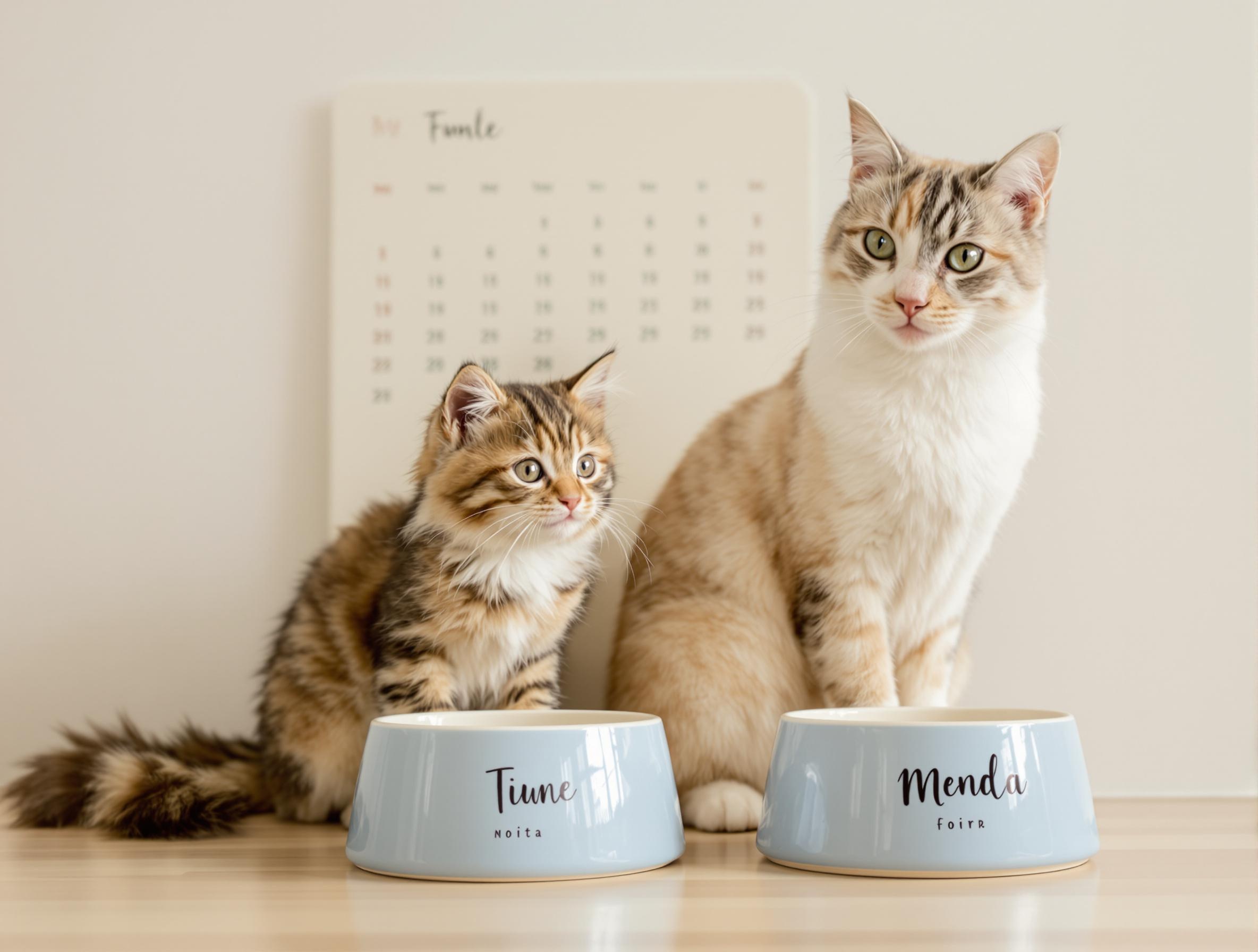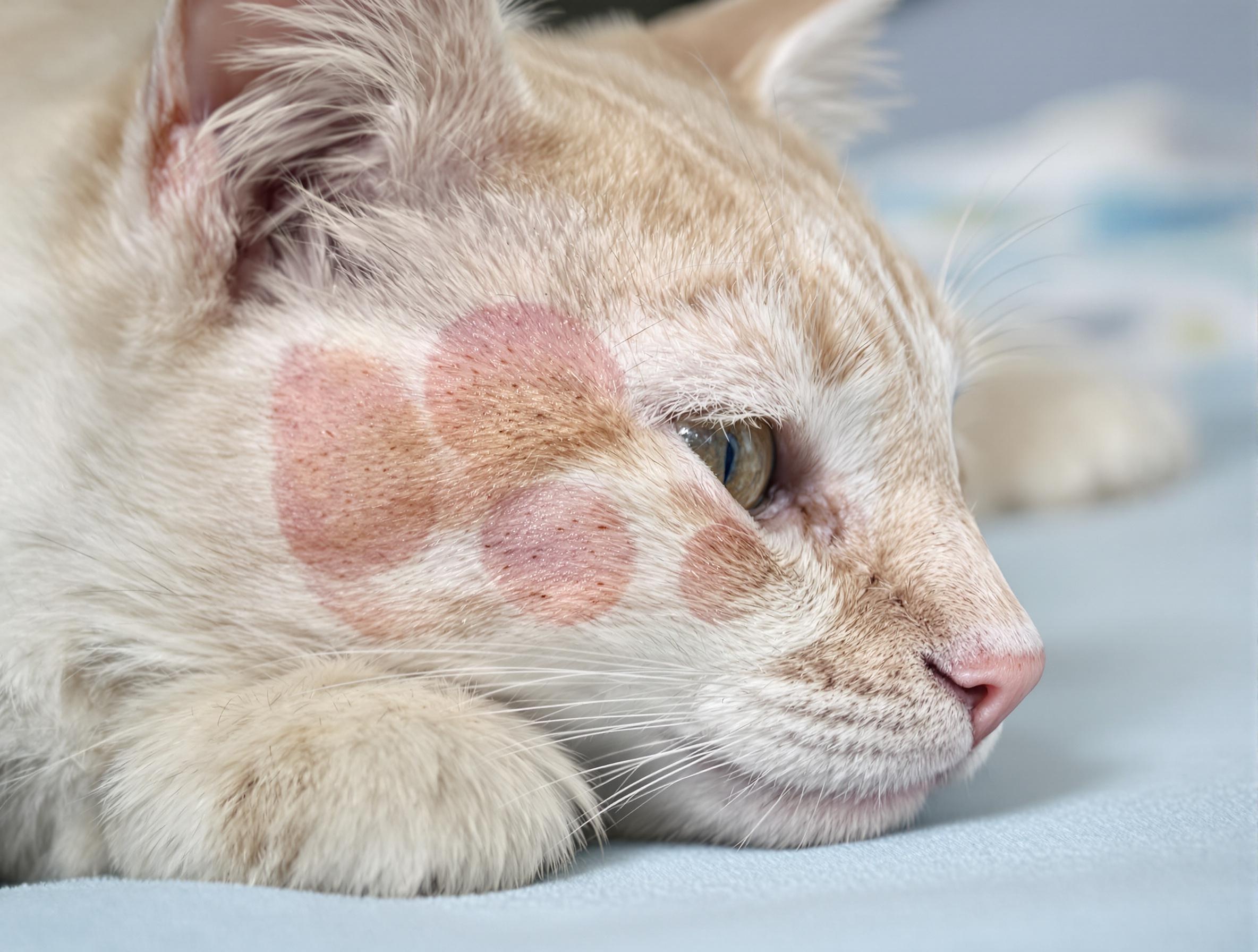Why is My Cat Throwing Up: Causes and Solutions

Key Takeaways
- Occasional vomiting is not unusual in cats, but frequent episodes or changes in behavior are worth paying attention to.
- Diet shifts, hairballs, stress, or chronic conditions like IBD are common triggers.
- Tracking symptoms and checking in with your vet early can help you manage the cause and keep your cat more comfortable.
If you have ever been woken up by the sound of your cat throwing up, you are not alone. Occasional vomiting is fairly common in cats and often not a cause for concern, but it is still important to watch for patterns. Noticing how often it happens can help you and your veterinarian decide whether it is just a minor issue or something that needs closer attention.
Keeping track of when vomiting occurs, what your cat ate, and any changes in behavior or appetite can offer helpful clues. If your cat vomits more than once a week, it is a good idea to check in with your vet. Support from trusted sources like PetHealthMD can help you feel more confident as you care for your cat’s health.
Why Is Your Cat Throwing Up
There are several reasons your cat might be vomiting, and understanding the underlying cause is key to managing its health. Vomiting can be occasional and harmless, or it can signal something more concerning.
Here are some of the most common reasons your cat might be throwing up:
Diet and Eating Habits
Changes in diet or eating habits are a common reason cats get an upset stomach. Even something as simple as switching to a new food too quickly can throw off digestion. Some cats also have sensitivities or mild allergies to certain ingredients. And if your cat eats quickly, they might regurgitate their food. For digestive support products, explore the cat digestive and wellness category on PetMeds.
Hairballs and Grooming
Hairballs form when your cat swallows loose fur during grooming. These clumps can build up in the stomach and eventually be coughed back up. How often this happens can depend on coat length, grooming habits, and activity levels. Some cats may need extra grooming support to reduce hairball formation.
Stress and Inflammatory Conditions
Stress and inflammation from conditions like inflammatory bowel disease (IBD) can contribute to vomiting. Cats are sensitive to environmental changes, and both emotional stress and physical illness can affect digestion.
Toxins or Foreign Objects
Cats may ingest toxic plants, human medications, or small objects like string or hair ties. These can irritate the stomach or cause blockages, which often leads to vomiting.
Infections and Parasites
Bacterial or viral infections and intestinal parasites like roundworms or Giardia can disrupt digestion. These causes are more common in outdoor cats or kittens, but any cat can be affected.
Kidney or Liver Disease
Chronic issues such as kidney disease or liver dysfunction can cause vomiting, especially in older cats. These conditions often come with weight loss, thirst changes, or appetite loss.
If you are unsure what is behind your cat’s vomiting, contact your vet. You can also explore digestive health products in the cat digestive support category on PetMeds. They can help rule out serious causes and guide you on diet changes, stress management, or further testing.
What To Do When Your Cat Throws Up
When your cat vomits, a calm and supportive approach helps them recover comfortably.
- Pause food temporarily: Begin with a 12–24 hour fasting period to let their stomach settle. Keep water available.
- Encourage hydration: Offer small amounts of water every few hours. Try a clean bowl, syringe, or pet fountain. Multiple water sources help.
- Reintroduce food slowly: Start with a bland diet of plain boiled chicken and white rice in small portions. Offer small amounts every 4 to 6 hours.
- Observe recovery: Watch for changes in appetite, energy, and litter habits. Note anything unusual.
If your cat vomits frequently, seems lethargic, refuses food, or cannot keep water down, contact your veterinarian. Even occasional vomiting more than once a week is worth discussing.
How To Prevent Your Cat From Throwing Up
Daily habits can support healthy digestion and reduce vomiting.
- Feed smaller meals more often: Offer 3 to 4 smaller meals per day.
- Choose gentle foods: Use simple single-protein foods and make food transitions gradual over 7 to 10 days.
- Keep meals calm: Provide a quiet feeding area.
- Maintain clean dishes: Fresh water and clean bowls encourage healthy eating and drinking.
- Schedule regular vet care: Wellness check-ups every six months help catch issues early.
Vomiting vs Regurgitation
Vomiting happens when stomach muscles contract, often with drooling or gagging before the food comes up. Regurgitation is when food comes up quickly from the throat and looks mostly undigested. Knowing the difference helps your vet pinpoint the cause.
Know When It Is More Than an Upset Stomach
Cats throw up occasionally, but frequent vomiting or changes in behavior or appetite can signal a deeper issue.
FAQ About Cats Throwing Up
Why does my cat throw up after eating?
Cats that eat too quickly may regurgitate food. Slower feeding, puzzle feeders, or smaller meals can help.
When should I worry about my cat vomiting?
If vomiting happens more than once a week, includes blood, or is paired with lethargy, weight loss, or appetite changes, contact your vet.
Can hairballs cause frequent vomiting?
Yes. Frequent hairballs may signal excessive grooming or digestive irritation and may benefit from grooming support or hairball remedies.
Should I change my cat’s food if they vomit often?
Sometimes. Always transition foods slowly and check with your vet to ensure the diet is appropriate for your cat.
To support your cat’s health, explore the full selection of vet-approved cat supplies in the PetMeds full cat supply category. PetCareRx makes it easier to access medications, supplements, and supplies delivered to your door.





